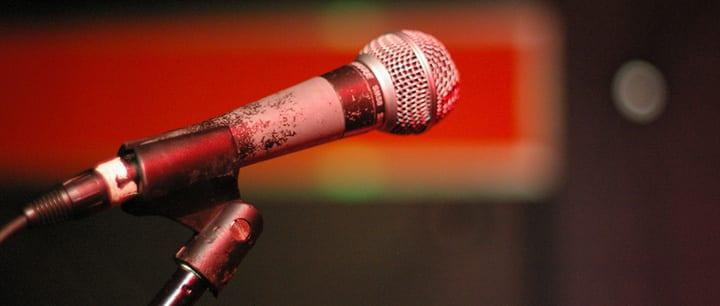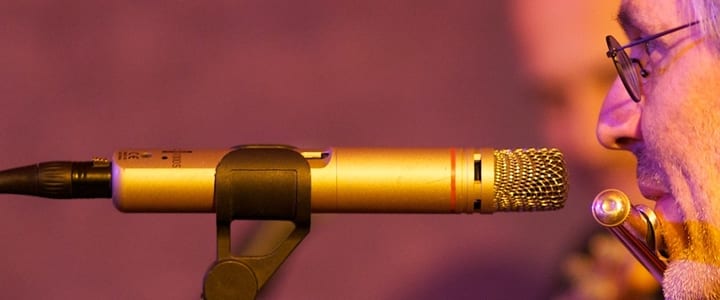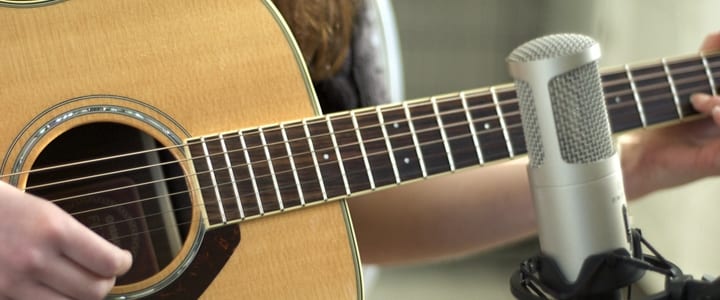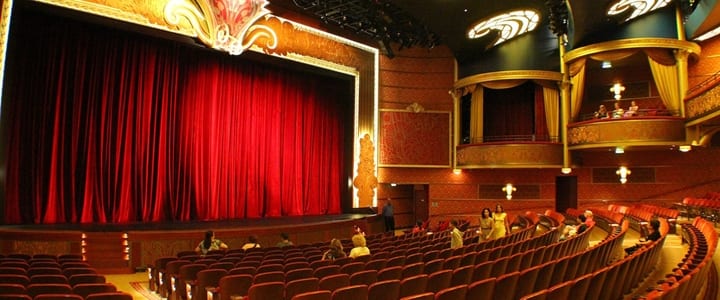If you’ve ever stepped on stage to perform, you may not have thought much about the microphone you’re about to use. But its history is actually pretty interesting, as music recording equipment has developed drastically since the first condenser microphone came on the market. These changes have made a big impact on the music industry as a whole, and, for better or worse, are here to stay.
Power Requirement
Without outside amplification, the loudest musician wins every time. But when you introduce microphones into the mix, every individual instrument can be heard as the composer intended. So you can have brass instruments playing at fortissimo, and woodwinds and strings playing mezzopiano, but the final decision as to the volume is up to the sound engineer running the music recording equipment.
Likewise, in a live setting, a quiet singer or instrumentalist can still be heard in the back row with proper amplification. Microphones can be strategically placed around a stage to pick up any whisper or important sounds, so the audience can hear them regardless of where they are seated.
Live Performances
While microphones have definitely become a powerful tool in the arsenal of music recording equipment, they are equally as important in live performances. A vocalist or musician does not need to be exceptionally powerful, as detailed above. This allows him or her to be more agile and experimental with the sound. Whereas a non-amplified performance requires the emphasis to be on power to reach the audience, a microphone gives the performer the freedom to deliver the highest quality sound to the audience at whatever output power is manageable, and the amplifier picks up the sound from the microphone and brings it to a proper volume.
Overdubbing and Effects
With a live performance, a performer can relax and focus on quality over quantity, so to speak. In addition to the value of amplifying the output, microphones can be used in conjunction with music recording equipment to provide a wide variety of aftereffects.
Overdubbing, for example, can be beneficial for a solo artist who plays multiple instruments or sings different parts on a track. With the right music recording equipment, the artist can set up for the backing vocals, instrumentation, and then focus on lead vocals and one instrument during a live performance — or put it all together for a music video, like this YouTube artist.
Effects also heavily rely on a microphone. A vocalist can change timbre or distortion, and many acoustic instruments can be amplified with different waveform filters to change the sound. Without the microphone, all of these effects are limited, or nonexistent.
Sampling
Sampling requires a microphone for it to be of any sort of use at all. The difference between a cover and a sample lies with who is doing the performing. An artist who wishes to sample another needs the original recording, otherwise he or she will be covering the work instead of just sampling the original artist. With a microphone used in conjunction with the rest of the music recording equipment for the original recording, the sample can be overlaid with the new artist’s and processed through another microphone.
Architecture of Performance Halls and Recording Studios
Prior to the use of microphones, live performances relied on natural amplification for the audience to experience the sound. This required extensive work on walls and ceiling segments that would reflect the sound in the proper direction. It also required performances to be quite exact, as improper placement or slight variations in tempo would have a drastic effect on audience perception.
While recording studios were few and far between before the microphone was in common use with music recording equipment, they also had to abide by the rules of natural amplification. Nowadays, every vocal and instrument has at least one microphone, and performers can even be isolated into separate recording booths, so that the microphone has no chance of picking up any other sounds. Effects such as echos, reverberations, and delay, which were originally built in to recording spaces (or present unintentionally), are now added after the original recording.
Whether in studio or on stage, microphones should not be taken for granted. They help both first-time and seasoned artists make the most out of their music. And microphones add a new dimension to the production capabilities of music recording equipment. Who knows what technological advancements will be next for the music industry?
Photo by saulk61, erik forsberg
Suzy S.




